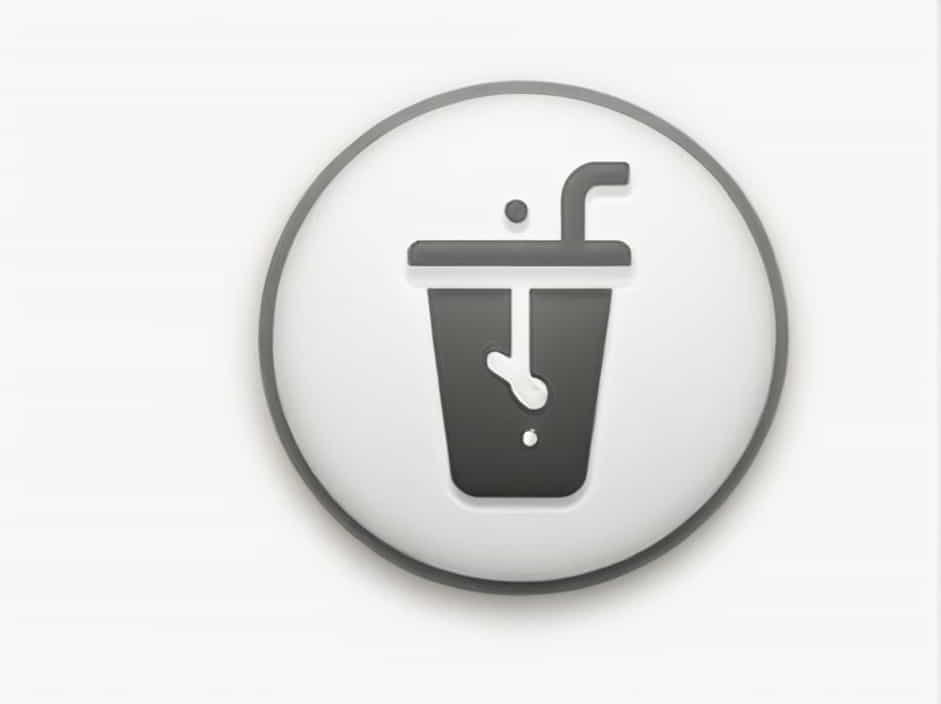Understanding unit relationships is essential in mathematics, science, and daily life. One common type of comparison is analogies, which help us see connections between different units of measurement.
A frequently asked analogy is:
“Yard is to Inch as Quart is to ______?”
To solve this, we must first understand how a yard relates to an inch and then apply the same logic to quarts and another unit.
Breaking Down the Yard-to-Inch Relationship
A yard and an inch are both units of length in the imperial measurement system.
- 1 yard = 36 inches
- The yard is a larger unit, while the inch is a smaller subdivision of it.
This means that an inch is a smaller part of a yard, just like a quart is a larger unit that can be divided into smaller parts.
Understanding the Quart in the Measurement System
A quart is a unit of volume used in the U.S. customary and imperial systems. It is commonly used to measure liquids such as milk, juice, and water.
- 1 quart = 2 pints
- 1 quart = 4 cups
- 1 quart = 32 fluid ounces
Now, using the same logic as the yard-to-inch relationship, we need to find a smaller unit within a quart.
Finding the Equivalent Unit for Quart
Since an inch is a subdivision of a yard, we need to find a smaller unit that is a subdivision of a quart.
The most common and direct comparison is:
1 quart = 32 fluid ounces
Thus, just as an inch is a smaller part of a yard, an ounce is a smaller part of a quart.
Final Answer:
Yard is to Inch as Quart is to Ounce.
Why Is This Analogy Important?
Understanding this type of comparison is useful for:
- Improving Math Skills – Measurement conversions and unit relationships are essential in mathematics.
- Practical Applications – Knowing how units relate to each other helps in cooking, shopping, and scientific measurements.
- Standardized Testing – Many exams, such as the SAT and GRE, include analogy-based questions.
Other Common Unit Analogies
Here are some similar analogies to strengthen your understanding:
-
Foot is to Inch as Gallon is to Quart.
- 1 foot = 12 inches
- 1 gallon = 4 quarts
-
Meter is to Centimeter as Pound is to Ounce.
- 1 meter = 100 centimeters
- 1 pound = 16 ounces
-
Hour is to Minute as Week is to Day.
- 1 hour = 60 minutes
- 1 week = 7 days
Real-Life Applications of the Quart-to-Ounce Relationship
1. Cooking and Baking
Many recipes use fluid ounces, cups, and quarts for measurement. Knowing how these units convert ensures accurate ingredient portions.
For example:
- A recipe may require 16 fluid ounces of milk, which equals half a quart.
2. Grocery Shopping
Beverages and liquid household products are often sold in quarts, pints, and ounces. Understanding these relationships helps compare product sizes and value for money.
3. Science and Medicine
Pharmaceuticals and chemical solutions often require precise volume measurements in milliliters, ounces, or quarts. Accurate conversions ensure safety and effectiveness.
The analogy “Yard is to Inch as Quart is to Ounce” highlights the relationship between different units of measurement. Just as an inch is a smaller part of a yard, an ounce is a smaller part of a quart.
Understanding these unit relationships is not only useful for mathematics and science but also for everyday tasks like cooking, shopping, and problem-solving. By mastering these concepts, you can improve your analytical thinking and measurement skills in practical situations.
